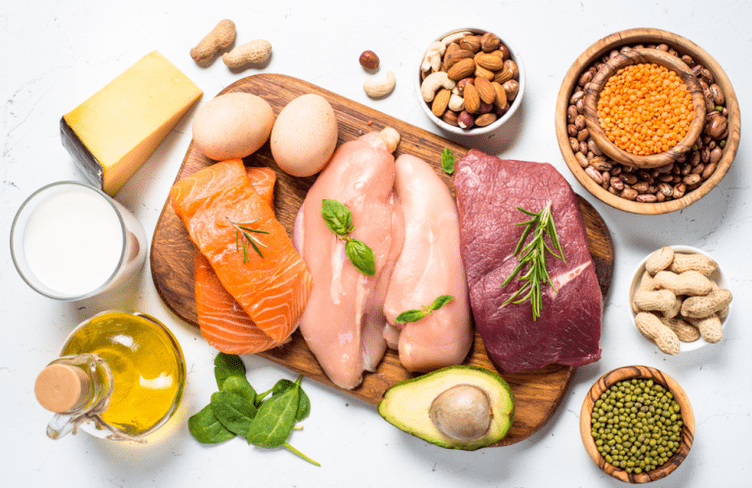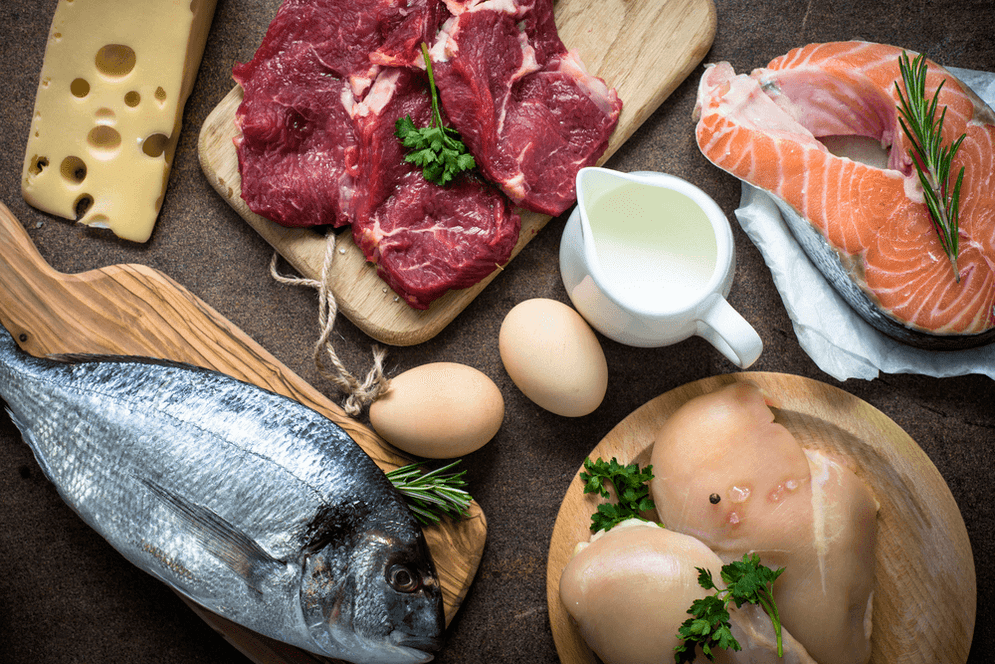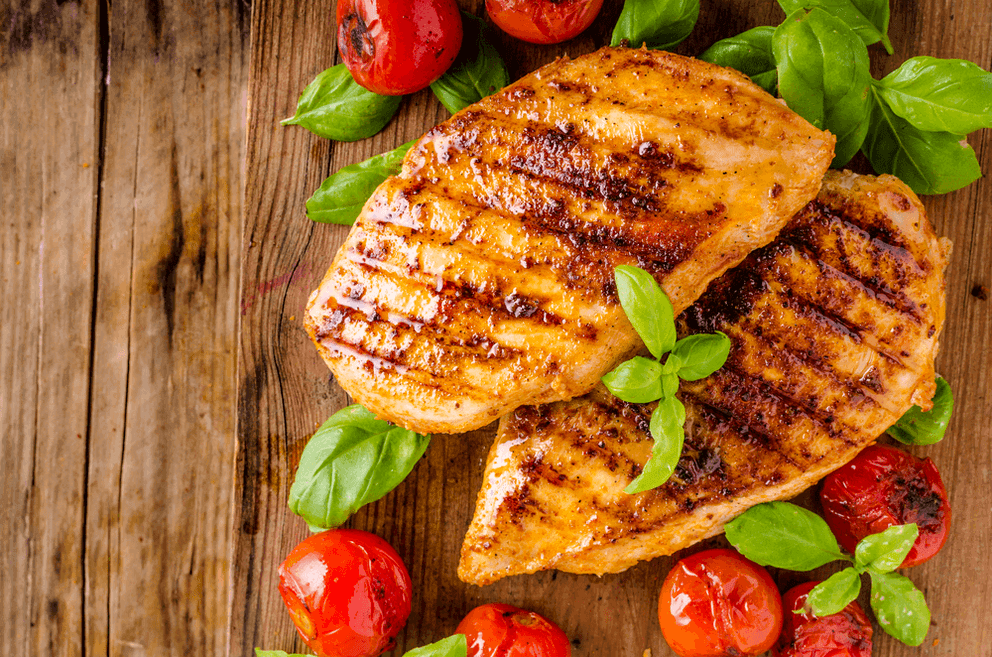
What is a no-carb diet
Long-term or continuous rejection of carbohydrates will cause the acid-base balance in the body to be disturbed and develop in the direction of acidification, which will inevitably lead to reduced immunity and premature aging. Side effects of long-term low-carb diets are problems with the intestines, kidneys, arthritis, gout, and other conditions.
Biochemical and Anatomical Basis of Low-Carbohydrate Diets
Principle 250 calories
Most likely, it is impossible to completely give up carbohydrates - simply because they are included even in complete protein dishes, albeit in small amounts. But this is not terrible, the main thing is that the prescribed number of "carbohydrates" kilocalories is not exceeded.
Carbohydrate-only diet: effective, but monotonous
Basic ingredients for a carb-free menu
- Lean meat – chicken, turkey, rabbit, veal;
- Offal - stewed heart and liver;
- Duck eggs, chicken eggs, quail eggs;
- Marine fish fillets, crabs, shrimps, lobsters, marine cephalopods;
- Dairy products - kefir, yogurt, cereal cheese, low-fat sour cream and hard cheese;
- Leafy vegetables (cabbage), artichokes, green beans, beans, zucchini, onions, garlic, garden herbs. You can eat mushrooms, but be careful because mushroom protein is not the same as animal protein;
- tart berries and fruits, and avocados;
- Nuts and seeds.
A correct diet excludes sausages, salami and pate, which contain a large number of questionable additives based on carbohydrates and genetically modified fats.

Ban carbs
- Bread, other than yeast-free whole wheat bread;
- Everything made from flour - pasta, pizza, pies, khachapuri, cakes, pastries;
- chocolates and sweets;
- sweet and sour fruits and berries;
- Starchy vegetables (potatoes, carrots, corn, beets);
- Industrial semi-finished products. No matter what manufacturers write on the packaging, they almost always contain carbohydrate additives and preservatives, and even genetically modified fats;
- Juices and carbonated drinks;
- Alcohol in any form.
7 days menu

- Breakfast - cheesecake made from low-fat cottage cheese and bran.
- Lunch - Herbed vegetable salad, 200g herbed chicken breast.
- Snack - Oranges.
- Dinner - 100 g of turkey with stewed vegetables.
- Breakfast - omelette with green salad or stewed vegetables. Black tea has no added sugar.
- Lunch - Cream of vegetable soup with turkey or chicken fillets.
- Snack - green apple.
- Dinner - Oven grilled salmon.
- Breakfast - unsweetened muesli and dried apricots or other dried fruit.
- Lunch - Lentil and Chicken Breast Soup.
- Snack - a handful of almonds or other nuts.
- Dinner - Cherry tomatoes, arugula, canned tuna (1 can) and mozzarella salad.
- Breakfast - Oatmeal with water, no sugar. A banana (can be chopped and added to oatmeal).
- Lunch - vegetable soup with veal meatballs.
- Snack - orange or grapefruit, a glass of citrus juice.
- Dinner - low-fat steamed fish.
- Breakfast - a banana, a cup of fresh or thawed pitted cherries and a cup of milk. Mix in a blender.
- Lunch - Chicken Pilaf 200g.
- Snack - green tea with a piece of hard cheese.
- Dinner - chicken or turkey with green salad.
- Breakfast - egg white omelet. Unsweetened tea. 1 banana.
- Lunch - 100 grams of boiled chicken breast, served with brown rice.
- Snacks - Sandwiches made with unleavened bread, soft cheese, ham, lettuce and sliced tomatoes.
- Dinner - Stir-fried meat and vegetables. A cup of kefir or unsweetened drinking yogurt.
- Breakfast - 1 boiled egg. Diet bread with hard cheese.
- Lunch - Cream of Mushroom or Wild Mushroom Soup. You can add chopped turkey or chicken to the soup.
- Snack – an orange, green apple or a handful of nuts.
- Dinner - green salad, 100 g of oven-roasted meat or fish.
Porridge for a low carb diet
| No. | Name | protein content | carbohydrate content |
|---|---|---|---|
| 1 | buckwheat | eleven% | 68% |
| 2 | pea | twenty one% | 50% |
| 3 | oatmeal | 12% | 65% |
| 4 | Quinoa | 14% | 64% |
Porridge is particularly useful during active weight loss when you need to restore the balance of fat, protein and carbohydrates in your body.














































































